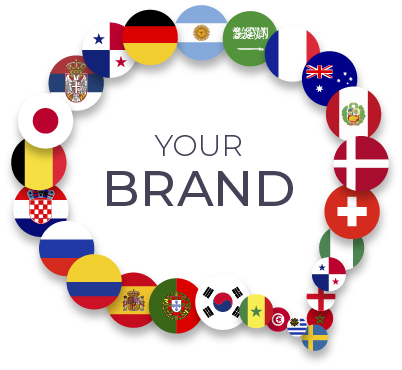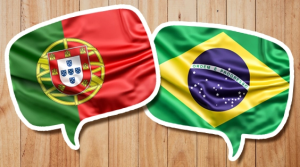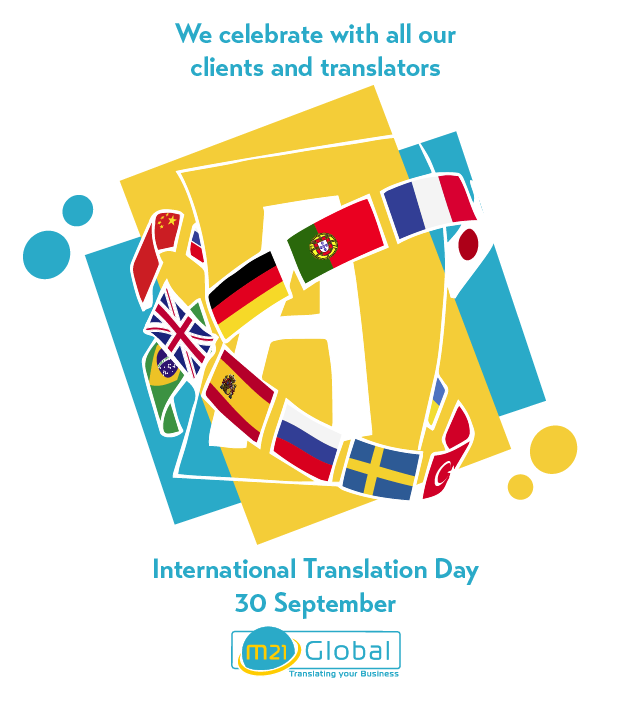M21Global – High Quality Translation Services for a Globalized World
In today’s globalized world, communication is key, and translation plays a crucial role in connecting people from different cultures and backgrounds. M21Global is a leading provider of translation services, offering fast and accurate translations in multiple languages for businesses and individuals worldwide. With a team of experienced and professional translators, M21Global is committed to delivering high-quality translations that meet the unique needs of each client.
Quality and Speed in Translation
At M21Global, we understand that quality and speed are both important when it comes to translation services. That’s why we use a rigorous quality control process to ensure that every translation is accurate and meets the highest standards of quality. We also offer fast turnaround times, so you can get your translations when you need them.
The Role of Speed in Translation
In today’s fast-paced business world, time is of the essence. That’s why we offer fast turnaround times for our translation services. Whether you need a document translated quickly for a business meeting or a website translated for a global audience, we can help. We understand that every minute counts, and we’re committed to delivering fast and accurate translations for our clients.
Choosing a Translation Partner
Choosing the right translation partner is important. You need a partner who can deliver high-quality translations that meet your unique needs. At M21Global, we offer a wide range of translation services, including document translation, website translation, and more. We work with businesses and individuals from a variety of industries, including legal, medical, and technical, to provide customized translation solutions.
FAQs (Frequently Asked Questions About Translation)
Q: How do I get started with M21Global?
A: Getting started with M21Global is easy. Either send us an email, or simply visit our website and fill out our contact form, tells us what you need to see translated, attached the documents, and one of our representatives will be in touch with you shortly.
Q: How much do your translation services cost?
A: The cost of our translation services varies depending on the type of translation, the language, and the length of the document. Contact us for a customized quote.
Q: Can you provide certified translations?
A: Yes, we can provide certified translations for legal and official documents.
In conclusion, M21Global is a leading provider of translation services, offering fast and accurate translations in multiple languages for businesses and individuals worldwide. With a focus on quality and speed, we’re committed to delivering high-quality translations that meet the unique needs of each client. Contact us today to learn more about our services and how we can help you connect with people from around the world.



 You need to market your business to make your products available to potential customers.
You need to market your business to make your products available to potential customers.
 It is known that due to the long period in which Brazil was under Portuguese ruling, these countries share the same language: Portuguese.
It is known that due to the long period in which Brazil was under Portuguese ruling, these countries share the same language: Portuguese. As I write this, the Portuguese Government has just announced the enforcement of a sanitary fence in 3 municipalities, where more than 200 000 people live. I look out the window and see parents waiting outside the kindergarten, waiting for their children, keeping a respectful distance from each other. We’re communicating. We’re communicating that we can’t get close, that we need to be careful, but that we still have a family that we need to take care of.
As I write this, the Portuguese Government has just announced the enforcement of a sanitary fence in 3 municipalities, where more than 200 000 people live. I look out the window and see parents waiting outside the kindergarten, waiting for their children, keeping a respectful distance from each other. We’re communicating. We’re communicating that we can’t get close, that we need to be careful, but that we still have a family that we need to take care of.
 Within an organization, we have two types of communication: internal and external communication.
Within an organization, we have two types of communication: internal and external communication.
